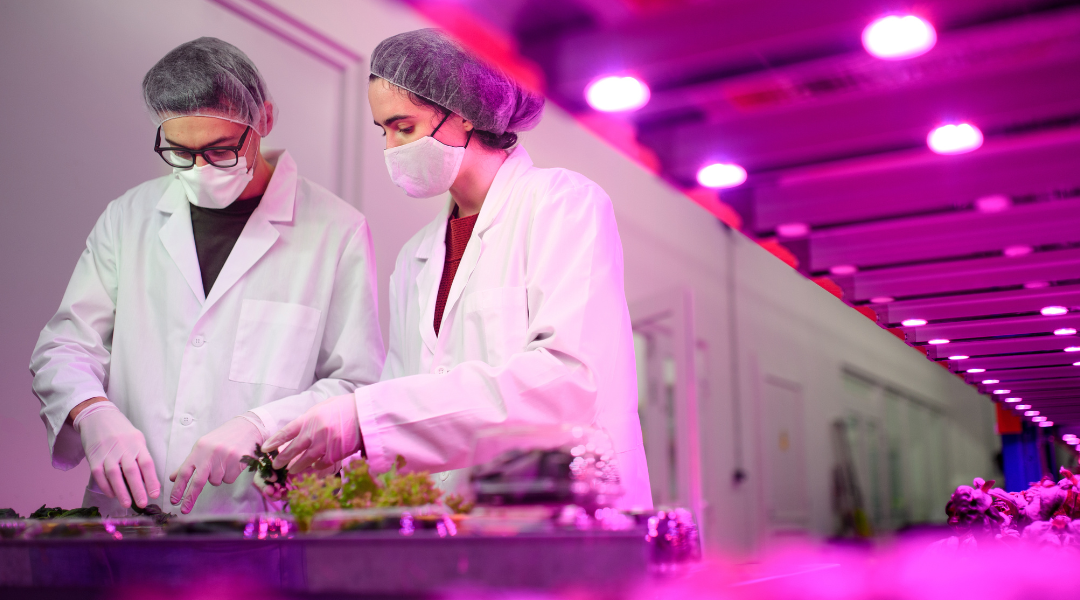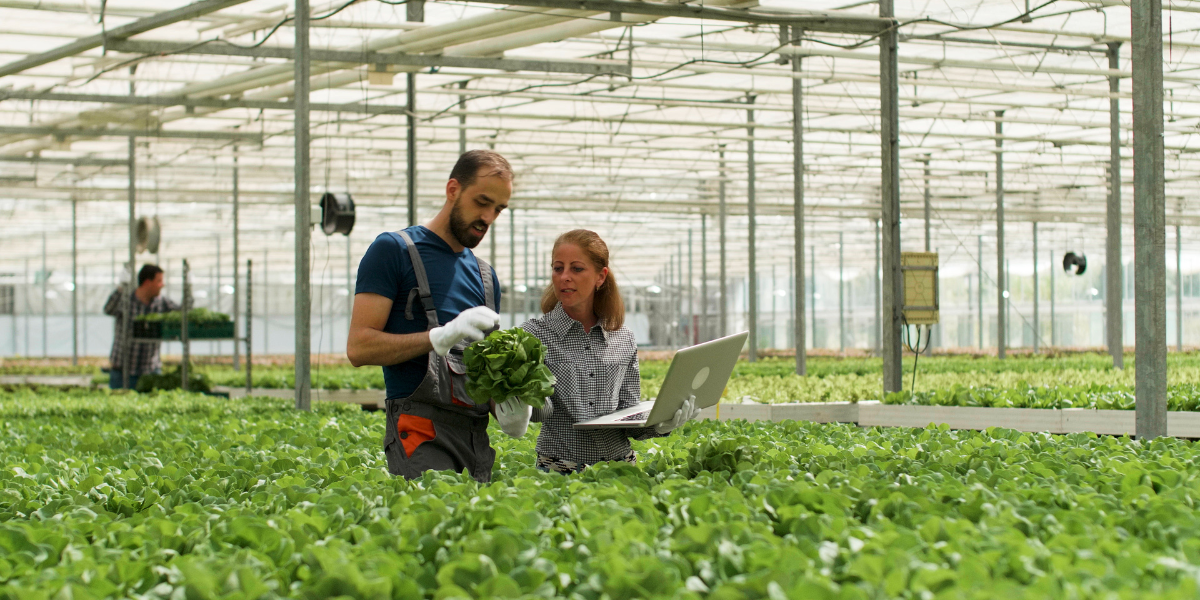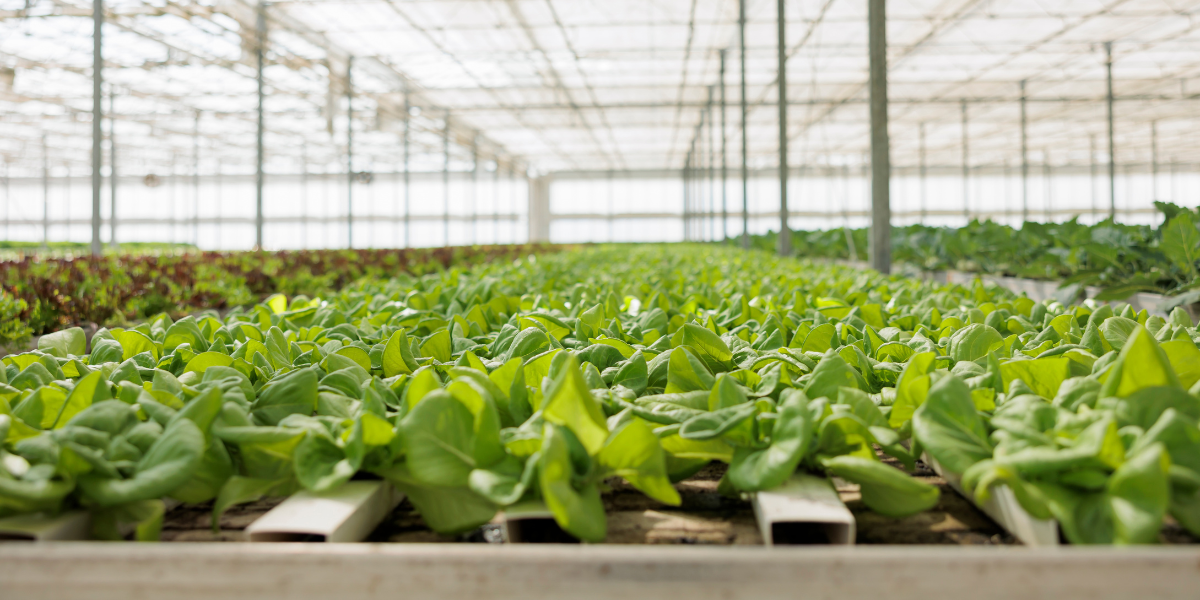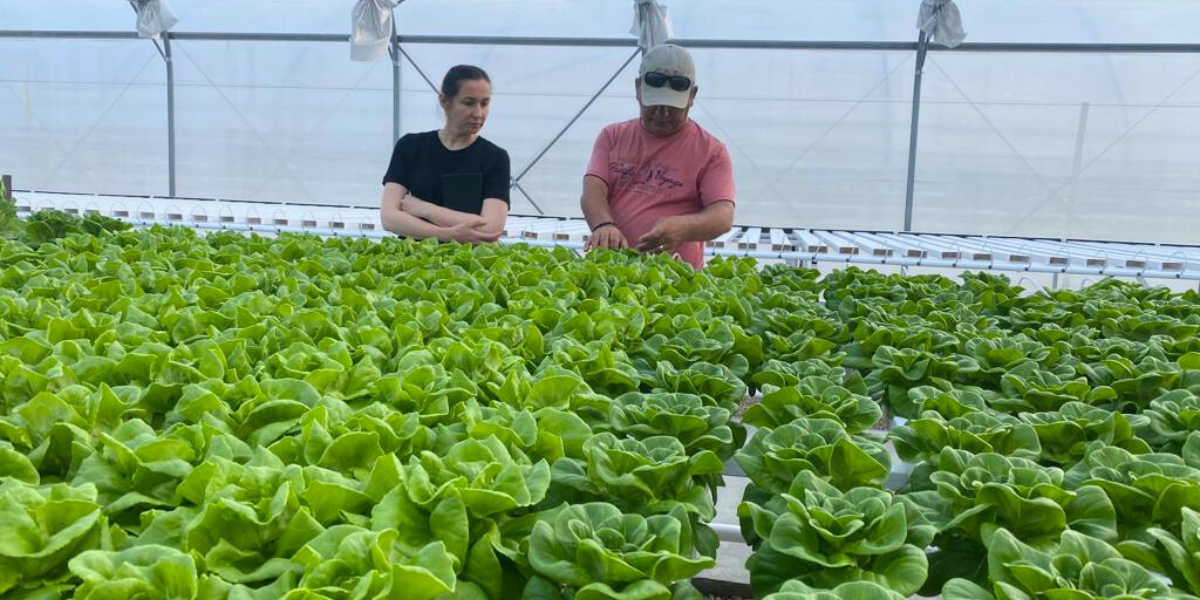Hydroponics is the future of farming! This indoor, water-based growing technique is renowned for several reasons, one being that growers can control every factor of their plants’ growth to produce the best possible yields, including lighting! All plants need light to live and grow, so what does hydroponic lighting call for? Let’s light the way to your plants’ success!
Discover the Advantages of Hydroponic Farming for the Environment!
Why Lighting Matters in Hydroponics
Hydroponic lighting is the light configuration installed with a hydroponic system. When plants aren’t outside under the sun, they still need a method to do their photosynthesis cycle. Plants use light energy, as well as water and carbon dioxide, to produce sugar (energy) for themselves, creating oxygen in the process. Plants need this sugar production to healthily sustain themselves, and to produce the yields you want!
Instead of sunlight, as plants would ordinarily use, we need to replicate that light in hydroponics to grow healthy plants.
Understanding Plants’ Lighting Needs
There’s a lot of thought that goes into hydroponic lighting! One factor to consider is the lighting color spectrum. At different growth stages, your plants will need different color spectrums. For example, a blue light spectrum is ideal for vegetative growth, and red light is used for the flowering stage. The spectrums significantly affect photosynthesis and are all designed to help plants have the most effective photosynthesis they can.
Another factor to consider is your light schedules. The idea is to create a lighting schedule tailored for the plants. To do that we consider the natural seasonal and environmental conditions in which these plants grow in the wild, and we attempt to replicate those factors.
Types of Hydroponic Lighting
With this understanding of what plants need, what kinds of lights are used to make this happen? Let’s take a look at a few options:
- LED Grow Lights: LEDs are a great choice for their energy efficiency, minimal heat production, and customizable light spectrum. They do come at a higher initial cost, though. However, they are a very customizable light source, and can meet specific needs of plants through different growth stages.
- Fluorescent Lighting: Fluorescent lights are popular as they are cost-effective, emit a well-balanced spectrum of light to mimic sunlight, produce little heat, and have a long lifespan. These lights do have some drawbacks, though. One downside is that fluorescent lights aren’t as intense as other choices, so they’d need to be positioned closer to the plants. Additionally, these lights are not suitable for all stages of growth, especially the flowering stage.
- High-Intensity Discharge (HID) Lights: HID lights are highly regarded for their intense light. These lights are best in the flowering stage, as their light spectrum promotes flower development. HIDs also have a longer lifespan than fluorescents. However, HID lights have a high heat emission, requiring suitable ventilation and cooling systems. HIDs also consume more energy than other hydroponic lighting choices, leading to higher energy bills.
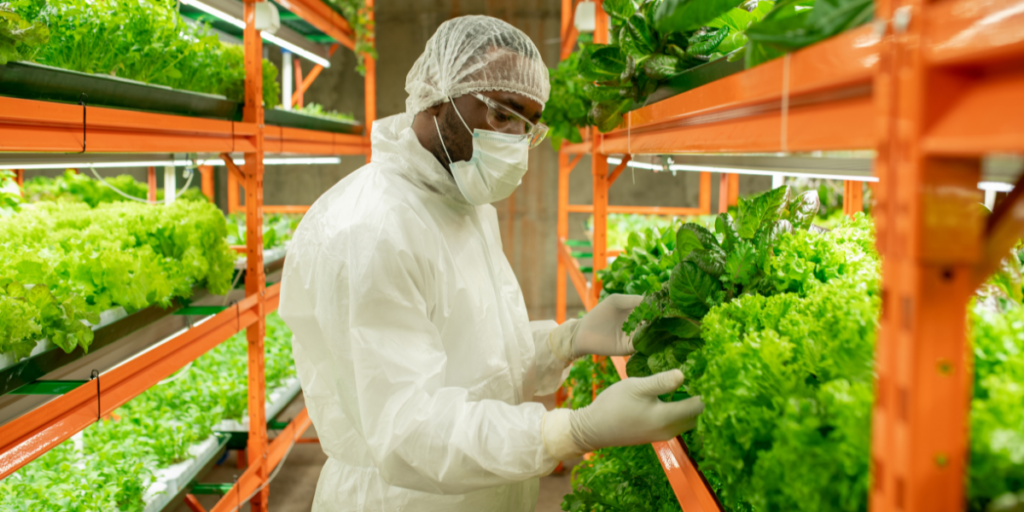
Careful hydroponic lighting set-up can help your plants be as healthy as possible!
Optimizing Hydroponic Lighting
How do we optimize lighting for the plants to succeed? There’s a lot to consider that you shouldn’t be in the dark about!
Growth Stages
We’ve mentioned hydroponic lighting based on plant growth a few times, but what do you need to know? Let’s talk about growth stages!
- Vegetative Stage: During the vegetative stage, plants need plenty of light, as they are focused on creating strong root systems and developing leaves. During this stage, most plants do best with 18-24 hours of light, and a cooler white light or blue spectrum light is ideal for their development.
- Flowering Stage: The flowering stage is simply when the plants bloom before harvest. For this stage, plants are encouraged to bud and bloom with 12 hours of red spectrum light, and then 12 hours off.
- Long-Day Plants: Long-day plants are a type of plants that require more light to succeed. They will call for a tailored solution based on what specific type of plant they are.
Tips for Energy Efficient Light Exposure
Let’s review a few tips to get your plants the best light exposure in an energy-efficient way.
- Consider Light Type: Recall that LED and fluorescent lights are more energy efficient than HID lights. Use the lights that are best for your plants but consider energy efficiency.
- Make a Lighting Schedule: Creating a lighting schedule based on your plants’ needs will bring out the best yields possible. That schedule will also show that your lights’ intensity and go down, or turn off altogether, saving energy, and helping the plants succeed.
- Utilize Light Angles: The angle in which lights are used can make a substantial difference. If you use adjustable reflectors or lenses, you can minimize light loss and provide more lighting to plants as needed.
Considering Space and Scalability
When making hydroponic lighting decisions, it is always a good idea to consider your growing space and how it may develop. For example, your lighting plans should be different if you are considering a horizontal hydroponic system or a vertical system. You may also consider how natural lighting, or lack thereof, may affect your plans.
Hydronov’s Expertise in Hydroponic Lighting
There is a lot of thought, planning, and knowledge required when setting up a hydroponic greenhouse. With Hydronov, you can find that support. With decades of experience, worldwide success, and a commitment to growing, you can trust our team is ready to help you through lighting your hydroponic system, and every other step in the hydroponics process. Contact us today to schedule a consultation!


